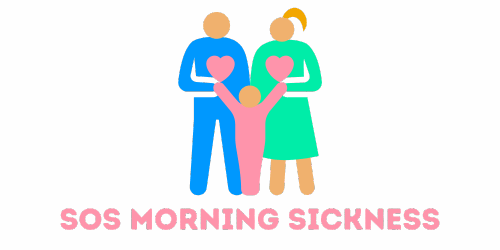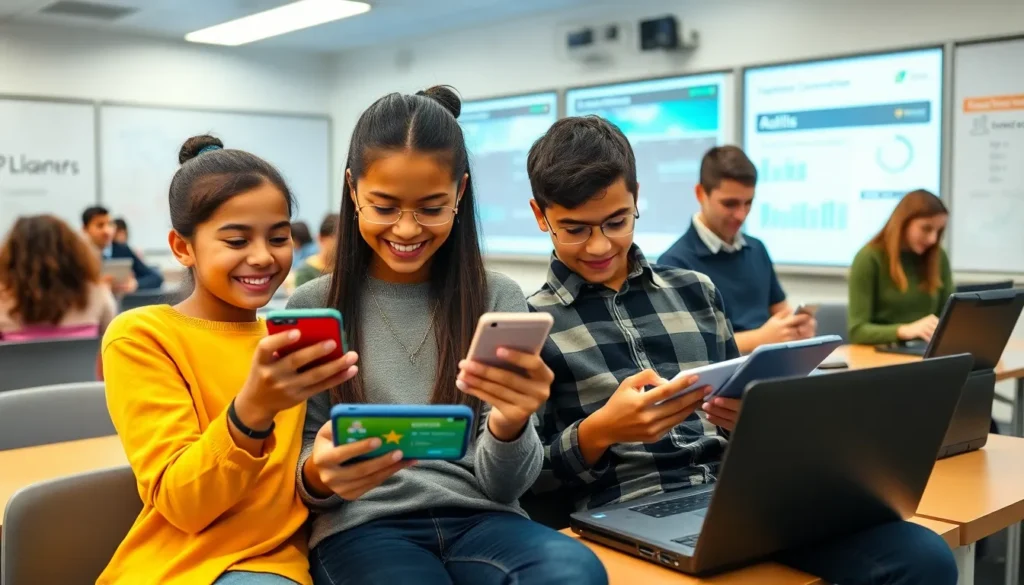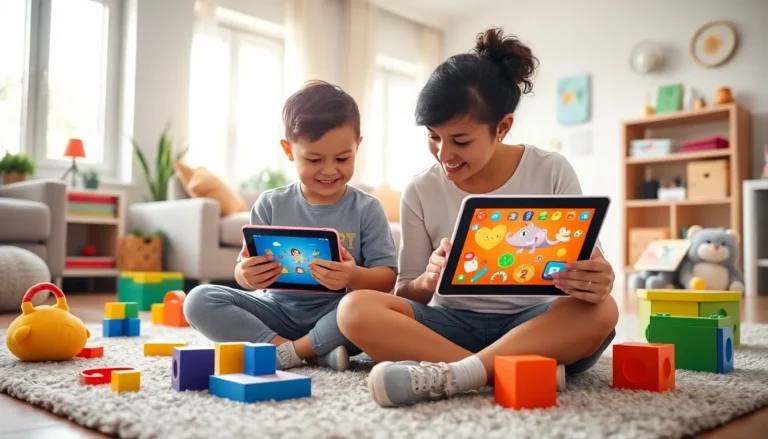In a world where attention spans are often shorter than a TikTok video, students need all the help they can get. Enter educational apps, the superheroes of modern learning. They don’t wear capes, but they sure make studying more engaging, flexible, and entertaining. Imagine being able to practice math problems at 2 AM or learn a new language while waiting for your coffee to brew. Educational apps turn mundane studying into a fun adventure, and let’s face it, who wouldn’t want that? Buckle up as we jump into the realm of educational apps and explore how they can transform the academic experience.
Table of Contents
ToggleBenefits Of Using Educational Apps

Enhanced Learning Experience
Educational apps offer personalized learning paths that are tailored to individual students. They allow learners to progress at their own pace, making it easier to grasp concepts that might otherwise feel daunting. Imagine a student wrestling with algebra: an app can adapt to their needs, provide extra practice, and transform struggle into success, all while keeping things engaging with colorful visuals.
Accessibility And Flexibility
No longer are students shackled to the four walls of a classroom. With educational apps, learning is as close as their smartphone. Whether lounging at home or on the school bus, knowledge is just a tap away. Besides, these apps often cater to various learning styles, so if someone learns best through visuals, they can seek apps loaded with infographics and videos. The possibilities are endless.
Engagement And Interactivity
Let’s be honest: conventional textbooks can be snooze-fests. Educational apps inject life into learning with interactive features like quizzes, simulations, and gamified learning experiences. Students can learn while competing with friends or even global users, who says studying can’t be fun? This interactivity not only boosts engagement but also improves retention rates, allowing knowledge to stick around longer.
Types Of Educational Apps
Study Aids And Tools
These apps are like Swiss Army knives for studying. From flashcard creators to mind-mapping tools, they provide a variety of functionalities that make studying more efficient. Think of an app that automatically quizzes a student on the material they almost but not quite remember. Mark it a win.
Language Learning Apps
Traveling abroad soon? Language learning apps can help students pick up basic phrases before they land in a new country. From Duolingo’s gamified approach to Rosetta Stone’s immersive lessons, these apps make language learning appealing, and far less intimidating.
STEM Focused Apps
STEM subjects can sometimes feel like climbing a mountain, steep and unreachable. Fortunately, STEM-focused apps bridge that gap by making complex concepts more digestible. For example, apps that combine physics simulations with real-world applications help students visualize and understand these tricky topics.
Collaboration And Communication Tools
In an increasingly digital world, collaboration doesn’t have to be limited to in-person interactions. Educational apps can enhance teamwork among students, even if they’re miles apart. Tools designed for group projects allow users to share ideas, create presentations, and get real-time feedback. Platforms like Slack and Microsoft Teams foster communication, making it easier for students to stay connected and work together effectively. Sometimes, two heads are indeed better than one, especially when those heads can meet online.
Popular Educational Apps For Students
Apps like Quizlet, Khan Academy, and Duolingo have become household names, especially among students. Quizlet stands out for its flashcard functionalities, while Khan Academy excels in offering diverse video tutorials that clarify tough subjects. Meanwhile, Duolingo gamifies language learning, allowing students to earn points and unlock levels. These apps are certainly paving the way for smarter, easier, and more flexible study methods.
Criteria For Choosing The Right App
User Experience And Interface
A clean, intuitive interface can make or break the effectiveness of an educational app. If it feels clunky, users may give up before they even start. An enjoyable user experience keeps students engaged and encourages them to return.
Content Quality And Relevance
Educational apps need to offer high-quality content that aligns with current curricula. Outdated or irrelevant information can confuse students, leading to deep frustration. Reviews and ratings can provide insight into the app’s reliability and usefulness.
Cost And Accessibility
Let’s face it: not everyone has an overflowing wallet. While some apps are free, others come with a price tag. Students and parents should weigh the value against the cost. Many quality apps offer free trials, allowing users to test before committing.
The Future Of Educational Apps
The landscape of educational apps is continually evolving, presenting exciting opportunities for tech-savvy students. Artificial Intelligence and augmented reality are likely to play increasingly significant roles, creating immersive learning environments that adapt to individual needs. Innovations will likely take future apps beyond simple study tools, transforming learning into a dynamic, tailored experience. Who knows? Your future classroom may just exist within a device.








